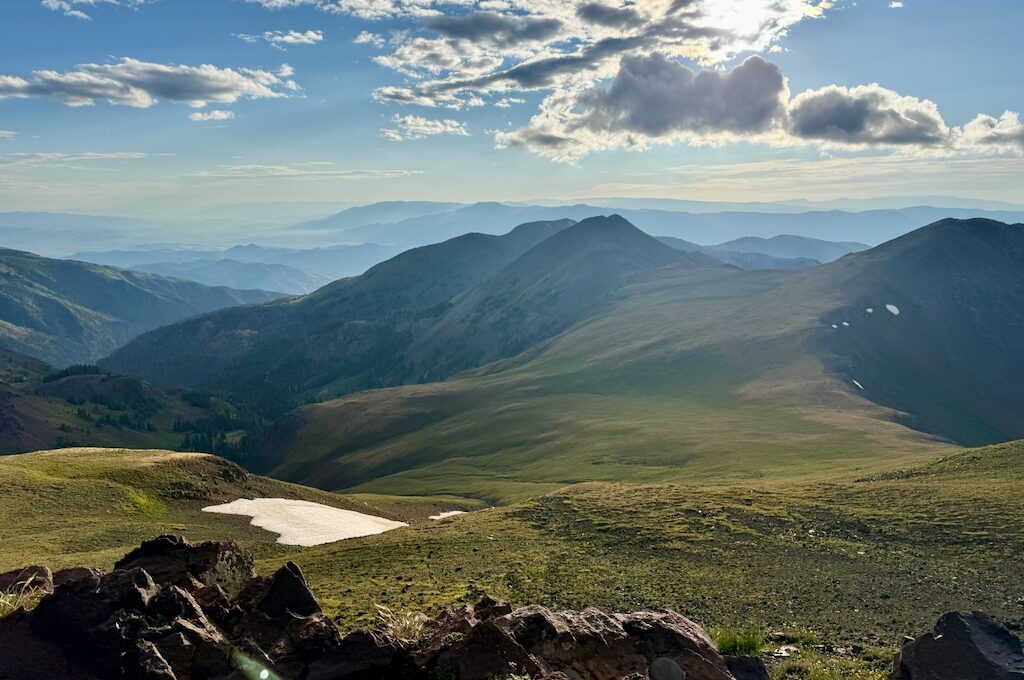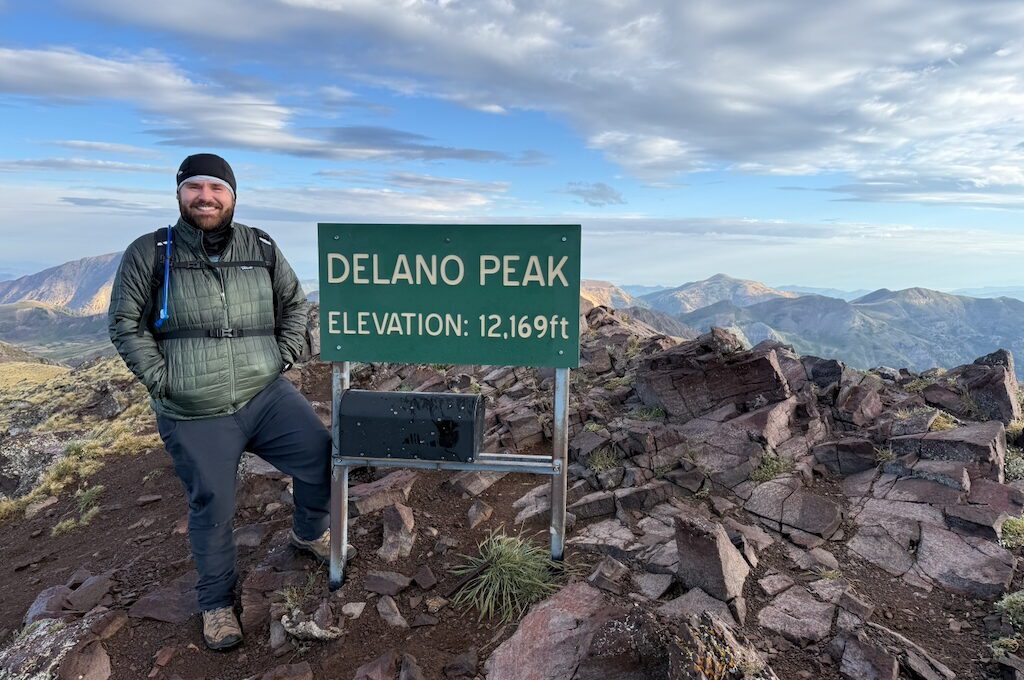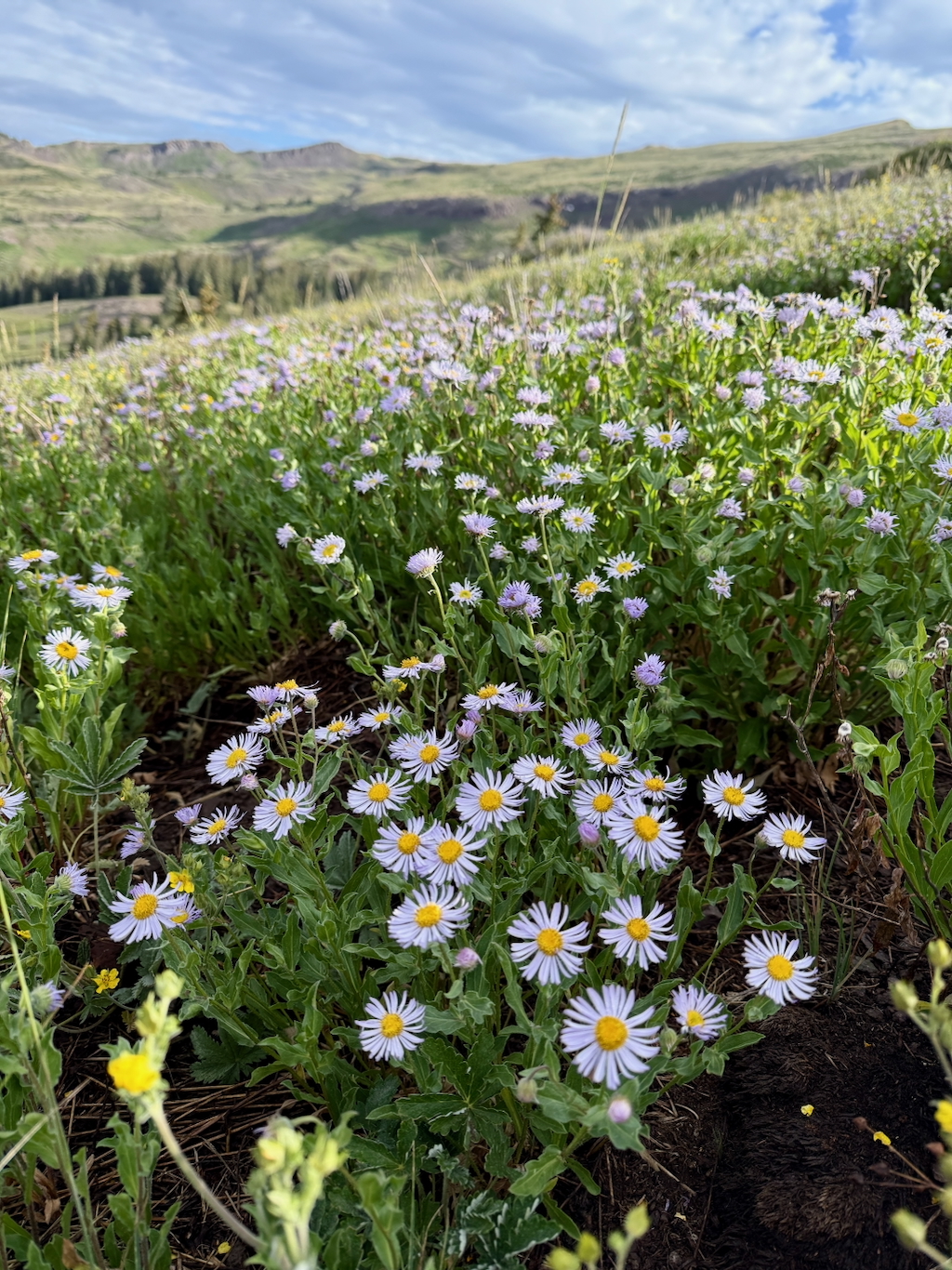Many people visit Southern Utah to experience its stunning national parks—and for good reason. Zion, Bryce Canyon, and the others are absolutely worth exploring. But with their popularity comes heavy crowds, and much of what you’ll see is what millions of others see each year. It’s beautiful, no doubt—but not exactly a unique experience.
But recently, we ventured to a place in Southern Utah that’s not only stunning—but also blissfully free of crowds. I’m talking about the Tushar Mountains. Never heard of them? Neither had I until recently. But in this article, I’ll share what you need to know about this incredible hidden gem.
What are the Tushar Mountains?
The Tushar Mountains are the third-highest range in Utah, with peaks reaching up to 12,169 feet. They were formed by intense volcanic activity millions of years ago, resulting in a landscape shaped by lava flows, ash deposits, and eroded volcanic domes.
What makes the Tushars truly special, in my opinion, is how different they are from most other mountain ranges. We’ve hiked all over the country, and I still haven’t seen mountains that look quite like these.

The mix of light-colored volcanic rock, rugged peaks, and alpine meadows gives the entire range an almost otherworldly appearance. The old-growth conifers and healthy aspen groves add to the unspoiled feel.

There are several hikes you can do to explore the Tushars, ranging from easy to challenging. The most popular is probably the trail to Delano Peak, which is what we did. Staying in Beaver, Utah, for a night, the trailhead was about 50 minutes away with several miles along a bumpy dirt road.
This trail was recently extended—what used to be a 3-mile hike is now about 4.2 miles, thanks to a long series of about 30 switchbacks added near the beginning. With roughly 1,700 feet of elevation gain and a high-altitude starting point, it’s a steep climb and definitely not a walk in the park.

Despite the elevation gain, the Delano Peak trail is surprisingly kid-friendly and doesn’t involve any real exposure. There are some steep sections—at one point, you gain over 900 feet in just a mile—and a few spots where the dirt can be a bit loose.
But overall, it’s very manageable. Having recently hiked Mount Sherman (a 14er in Colorado), this trail reminded me of that experience—a short, steep climb around 4.5 miles—though Delano is definitely a toned-down version and not as difficult, as the trail conditions are much better.
The most difficult part of the hike was the wind, which really picked up as we neared the summit. We reached the top about an hour after sunrise, and with the windchill, it had to be in the low 30s—absolutely biting. But hey, we’d been baking at the lower elevations for a few weeks hiking in Zion, so this was a welcomed break from the heat.

The summit itself is also pretty fun—they’ve got a large, official-looking summit sign, and I’m always a sucker for those. You don’t see nearly enough of them these days. This one is especially big, almost like something you’d spot on the side of a highway, so it somehow makes perfect sense that there’s a mailbox next to it. I opened it up, but with the gusting winds, it felt like everything inside was about to take flight. Still, I noticed a notebook held down by a cool little scorpion paperweight. Maybe next time I’ll sign in….

One of the coolest things about this hike—though we, unfortunately, didn’t get to experience it—is the herd of mountain goats that’s known to roam the valleys and slopes of the Tushars. I’ve seen photos of them, and it looks like dozens travel together in groups.
I’ve come across mountain goats on Colorado 14ers before, but usually just one or two at a time, so I was really hoping to catch a glimpse of the full herd. Maybe we started a bit too early in the day—they might become more active as the morning warms up.
While we didn’t spot any goats, the wildflowers were in full bloom—mid to late July is the perfect time to see them at their peak.
We made good time heading back down the trail. As I mentioned, some sections are a bit steep, so trekking poles definitely help, but overall it’s quite manageable. We even finished the hike earlier than expected.
I’m always drawn to lesser-explored places—especially those with unique beauty—and the Tushar Mountains definitely fit that description. What amazed me most was that on a Saturday morning, we didn’t encounter a single other hiker on the trail. So if you’re willing to make the drive out this place could get give you the solitude you may struggle to find in some of the popular national parks in Southern Utah.
Daniel Gillaspia is the Founder of UponArriving.com and the credit card app, WalletFlo. He is a former attorney turned travel expert covering destinations along with TSA, airline, and hotel policies. Since 2014, his content has been featured in publications such as National Geographic, Smithsonian Magazine, and CNBC. Read my bio.



